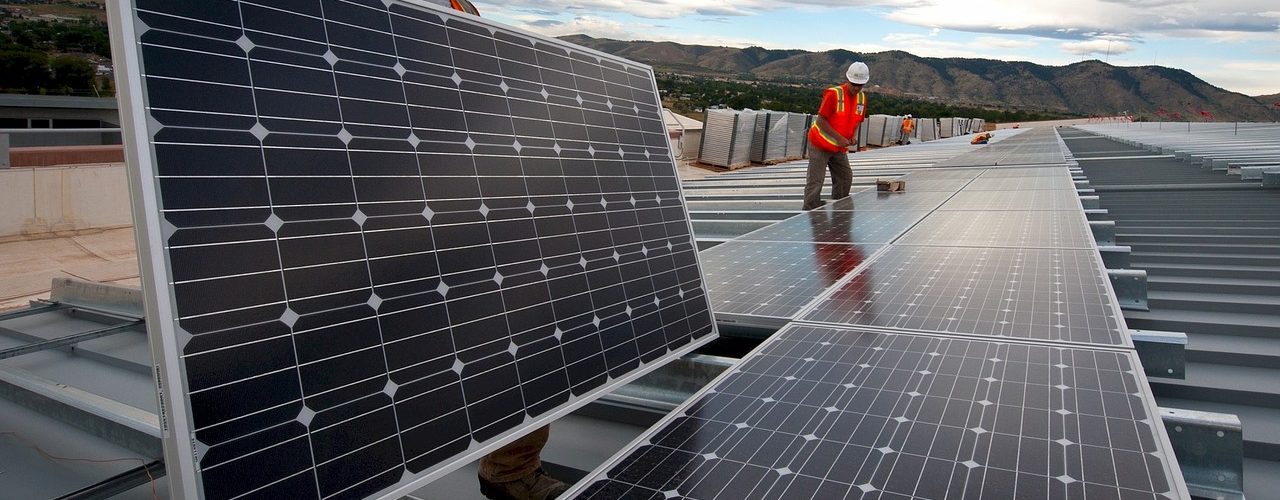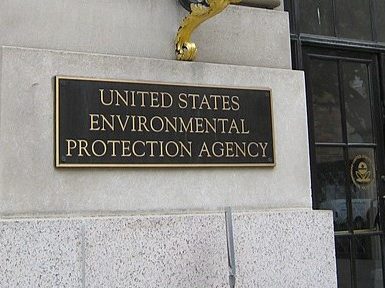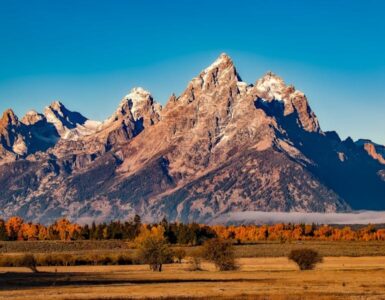Voters quashed a renewable energy initiative in November but the push to expand clean energy sources in Arizona is far from forgotten.
The state’s utility regulators and the three largest utilities are moving forward to continue the expansion of solar, wind and other renewable energy facilities. They also are working to:
- Provide more solar energy products for businesses and homeowners
- Invest in battery facilities to store solar and other renewable energy to be able to access energy during peak demand times and when the sun is not shining
- Expand “electrification” of the transportation system including incentives and infrastructure for electric vehicles and electric charging systems
- Produce forest biomass energy as a renewable energy source
Here’s a roundup of the latest developments:
Salt River Project (SRP) This month, SRP announced plans to add 1,000 Megawatts (MW) of new solar energy to its operations by 2025. It will do so gradually, adding about 200 MW of new solar a year to allow time to analyze the impact on electric grid reliability and operational quirks. SRP also will examine programs to allocate this new solar capacity to business and residential customers.
“Over the past several months, we have had discussions with residential customers and many of our larger commercial, industrial and municipal customers regarding their needs for sustainable resources,” General Manager and CEO Mike Hummel said. “Several customers have asked us to work with them on providing resource options that help them achieve their (renewable energy) goals.”
The addition of 1,000 MW is expected to reduce SRP’s carbon dioxide emissions by about 5.2 million tons, the equivalent produced by more than 1 million passenger cars driven in a year.
Tucson Electric Power (TEP) TEP is moving aggressively to triple its wind and solar energy over the next decade to produce enough energy for an estimated 350,000 homes. It has set a goal of providing 30 percent of its energy from renewable sources by 2030, exceeding the current standard of 15 percent by 2025.
In addition to adding large wind and solar systems, TEP is investing in new battery storage systems. This month, the Arizona Corporation Commission (ACC) approved plans for a new 100-megawatt (MW) solar array and accompanying 30 MW battery storage system. Owned and operated by an affiliate of NextEra Energy Resources, the system will also be used to manage power fluctuations that occur with renewable energy. It is expected to be operational in 2020.
Arizona Public Service (APS) APS has more than one million solar panels and three grid-scale batteries currently on their system in addition to several solar plants. It currently is adding battery storage for its solar output.
Earlier this year, it partnered with First Solar to bring a 50 MW solar plus storage facility to serve customers when demand is high and the sun is not shining. The project will make Arizona home to one of the largest battery storage systems in the country. First Solar will build and operate the facility that includes a 65-MW solar field to charge the battery. It is set to begin service in 2021.
As Maricopa County’s population explodes, APS is focused on preparing a reliable clean energy mix including emission-free nuclear from the Palo Verde Nuclear plant to serve an estimated 340,000 new customers by 2030, said Jeff Burke, director of Resources Planning.
“It’s important that we have nuclear as part of the mix,” Burke said. “It turns out an enormous amount of energy and produces 24-7, 365 days a year and that’s really important. Other resources don’t have that same level of production.”
The Arizona Corporation Commission (ACC) Commissioners are preparing to start work on a proposal from Commissioner Andy Tobin to update and modify energy policies that date back to the 1980s.
The new modernized long-term energy plan proposal calls for utilities to provide 80 percent of their electricity from clean and renewable sources including solar, wind and nuclear by 2050. The plan, called the 2018 proposed Arizona Energy Modernization Plan (AZEMP), would update and modify policies for energy planning, clean energy, energy storage, forest biomass energy, dispatchable clean energy, electric vehicles and more.
Earlier this year, the ACC also placed a moratorium on construction of new natural gas plants 150 MW or larger to encourage utilities to consider energy storage and other clean energy options first. The moratorium is set to expire Jan. 1.
Tobin has been working with a long list of stakeholders for several years to develop an energy plan. He is requesting that the commission discuss the plan and possibly extend the moratorium on natural gas plants at the commission’s Dec. 17 public meeting.
“The cost of further commission inaction is too great,” Tobin said in a letter calling fellow commissioners to create a new comprehensive energy plan. “It is now on us to make real moves towards such a plan. The longer we wait, the greater risk we face of catastrophic wildfires, stranded assets with higher ratepayer costs, uncertainty for business and investment in our state, and the continuing threat of air quality issues.“
















Add comment